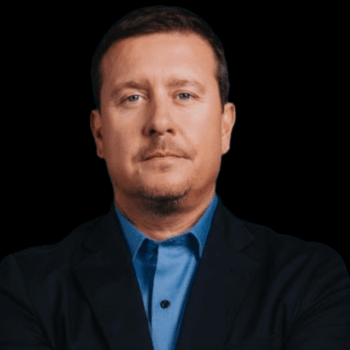Modestly, I’m both the subject of this interview and its writer. As a physician, I sat with Dr. Keith Ablow, also a physician and former Fox News commentator, to probe my Substack piece, Unraveling Autism’s Surge. But this isn’t about us. It’s about autism — its past, present, and elusive future of children and parents’ suffering from the diagnosis and its ramifications. We approach it as curious minds, armed with medical training, seeking truth without preconceptions.
Autism diagnoses have climbed sharply: 1 in 36 U.S. children in 2023, per the CDC, a 317% rise since 2000. Parents point to toxins, vaccines, or cultural shifts. I see a knot of biology and language. “A mystery wrapped in a puzzle, inside an enigma,” I told Ablow, citing Churchill. Autism’s definition has shifted. In 1911, it meant schizophrenic fantasies; by the 1940s, it described children fixated on literal patterns, like spinning fans. No blood test or scan confirms it — just DSM criteria, redrawn over decades.
My approach was simple: start with a null hypothesis (a fresh approach, no preconceptions, no favorites). Is this a biological epidemic or a semantic one (or, most likely, a combination of the two)? The DSM-III in 1980 stretched autism into a spectrum; DSM-5 in 2013 folded in Asperger’s and PDD-NOS. Schools, chasing special-education funds, label eagerly. Parents, needing resources, agree. “Incentives, not malice,” I said. Special ed, once for the gifted, now drives budgets.
Genetics shape part of the story — twin studies suggest 38% to 87% heritability — but environment plays a role. Identical twins, sharing DNA, don’t always both have autism. Aluminum in vaccines, cleared quickly but possibly lingering, raises questions. A 2022 study linked it to asthma. “If it’s not vaccines, prove it,” I urged. Regression — children losing speech or skills after a fever or shot — demands scrutiny. Studies report 22% of autistic kids regress around 21 months; Swedish data ties 40% of febrile seizures to autism. Could inflammation, akin to schizophrenia’s late onset, be a trigger?
Society has changed. Boys, diagnosed three to one over girls, face schools that prize conformity over energy. In Africa, autism searches are near zero; there, a child might work, unlabeled. Here, we expect programmers, not laborers. Nearly 20% of Americans now identify as “neurodivergent.” Early interventions, as sociologist Gil Eyal highlights, can unlock potential, but overreach worries me — schools now have more aides than teachers, unlike my lean New York City Public School days.
Vaccines spark debate. I’ve administered thousands, but question their scope — 55 shots by age 18, shielded by the 1986 NCVIA’s vaccine indemnification Act. “Hepatitis B for newborns?” I asked. Amish communities, vaccine-averse, report low autism rates. Is it their young parents, simpler lives, or distrust of medicine? Cross-cultural studies could clarify.
Medicine, too often siloed, has stumbled. Autism isn’t just data — it’s families and futures. Overlabeling risks stifling creativity; ignoring severe cases fails those in need. My aim is a clear lens to break myths and find truths.
Discover more from Randy Bock MD PC
Subscribe to get the latest posts sent to your email.

























